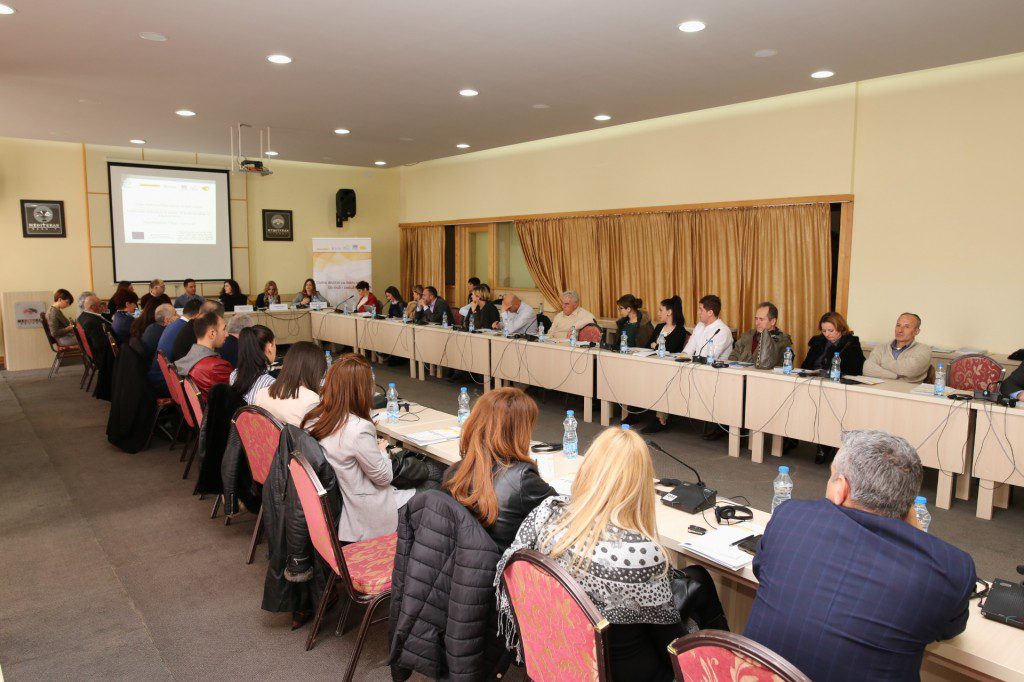March 2018
Commentary for FOS Media on Government Statistics in Chapters 23 and 24
12. 03. 2018.
When it comes to Government reporting in the area of Chapters 23 and 24, it is incomprehensible, ambiguous and deliberately made so that it is not possible to follow what happened with specific cases. For example, the Police reports statistically on criminal offenses, the State Prosecution reports on the persons against whom proceedings for specific…
Commentary for FOS Media on Government Statistics in Chapters 23 and 24
12. 03. 2018.
When it comes to Government reporting in the area of Chapters 23 and 24, it is incomprehensible, ambiguous and deliberately made so that it is not possible to follow what happened with specific cases. For example, the Police reports statistically on criminal offences, the State Prosecution reports on the persons against whom proceedings for specific…
Procurement for Security and Defense to be Regulated by the Law on Public Procurement
12. 03. 2018.
The Law on Public Procurement should better regulate the procurement system in the area of security and defense. The National Security Agency (NSA) and the Ministry of Interior Affairs (MIA) spent about eight million euros for confidential procurement since 2013 until last year. This was assessed at the panel discussion “Confidential Procurement – Out of…
Municipalities Wait for the Effects of the New LAP and the Reduction of the Number of Employees
08. 03. 2018.
Majority of Montenegrin municipalities expressed readiness to reduce the number of positions – for example, in Bijelo Polje, the current number of surplus employees is hundred. Municipalities are working on creating prerequisites for the implementation of the new Law on Administrative Procedure, which should improve delivery of services to citizens. This was highlighted at…
Confidential Procurements far From Public’s Control (2): Army Keeps Everything Secret
06. 03. 2018.
It seems absurd, but when the Ministry of Defence purchases helicopters for 30 million euros – the public gets at least some basic information about it, while it is much harder to gain an insight into purchase of gym equipment, forklift or air tickets. Common to all these transactions is that procurement regulations and procedures…


